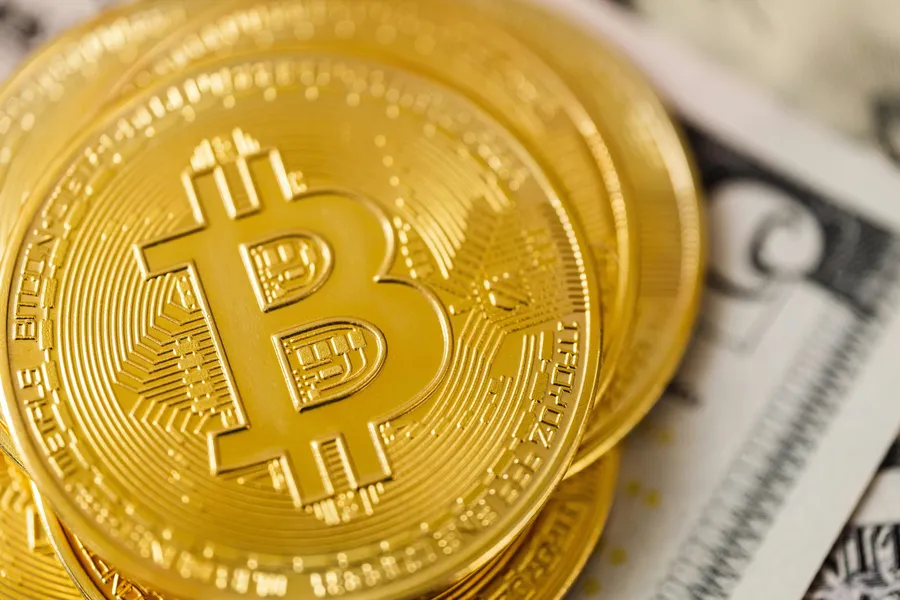What is NFT Finance (NFTFi)? – New Use Cases for Non-Fungible Tokens

Title: Valerii Wilson’s Brutally Honest Guide to NFT Finance – A Warning on the Wild West of Digital Collectibles
Hey there, crypto enthusiasts! It’s me, Valerii Wilson. You know, that seasoned security expert who’s spent more time auditing smart contracts than most people have spent binge-watching Netflix series?
Well, today we’re diving into NFT Finance – a relatively new kid on the block in our beloved crypto space. If you’ve been living under a rock (or just avoiding all those NFT scams), let me break it down for you: NFTFi is where non-fungible tokens meet decentralized finance. In simpler terms, it’s about using NFTs as collateral to borrow or lend assets within the crypto ecosystem.
Now, before you get excited and start throwing your digital collectibles into a pool like they’re hot potatoes, let me remind you that this is still the Wild West of digital collectibles we’re talking about. We’ve seen plenty of hacks, bugs, key leaks, and downright scams in NFT land already – remember that infamous Ronaldo fake NFT fiasco?
So why should you trust me to guide you through this maze? Because I’ve been there, done that. I’ve seen the good, the bad, and the ugly sides of crypto security firsthand. And my mission today is to warn you about potential pitfalls and share some hard-earned lessons.
Let’s start with an analogy: Imagine if your grandmother’s precious heirloom necklace could be used as collateral for a loan at a local pawnshop. Sounds exciting, right? Now imagine that same shop has been known to steal jewelry or lose track of inventory. Would you really want to risk losing Nana’s necklace?
That’s kind of what we’re dealing with in the world of NFTFi. On one hand, there’s enormous potential for innovation and new use cases for NFTs. But on the other hand, we’ve got a plethora of risks ranging from smart contract vulnerabilities to outright scams.
Take the recent example of NFTfi itself, which suffered a security breach in March 2021. Over $3.5 million worth of ETH and DAI were drained from its platform after attackers exploited a flaw in its code. Yikes!
Or how about the NFT scams plaguing OpenSea? Just this past summer, malicious actors tricked users into signing fraudulent transactions by creating fake listings using the names of popular NFT collections. It’s like these folks are running a con artist school over there!
And let’s not forget about the bugs and glitches that could potentially jeopardize your digital assets. Remember when a glitch in Axie Infinity allowed players to create unlimited free versions of their popular NFT game tokens? Talk about a nightmare scenario for investors!
So, what can we learn from all these messy examples?
Firstly, if it sounds too good to be true, it probably is. Treat every new NFTFi platform or project with skepticism until proven otherwise.
Secondly, always do your research. Dive deep into a project’s history and check out reviews from other users. Are there any red flags? Any past incidents that may hint at future vulnerabilities?
Thirdly, educate yourself about smart contracts and how they work. Understanding the basics of programming languages like Solidity could save you a lot of heartache down the line.
Lastly, remember that security should always come first. Don’t rush into investments or partnerships without fully understanding the risks involved. And for goodness sake, keep your private keys secure!
In conclusion, NFT Finance has enormous potential to revolutionize the way we interact with digital assets. But like any frontier, it comes with its share of danger and uncertainty. By staying vigilant, informed, and cautious, we can navigate this new terrain safely and responsibly.
So there you have it, folks: Valerii Wilson’s brutally honest guide to NFT Finance. Stay sharp out there!









